#haegue yang
Photo

Haegue Yang (South Korean, 1971), Fluoroscopic Moth Shoulder-Lifting Soul Sheet – Mesmerizing Mesh #129, 2022. Hanji on alu-dibond, 62 x 62 cm.
424 notes
·
View notes
Text
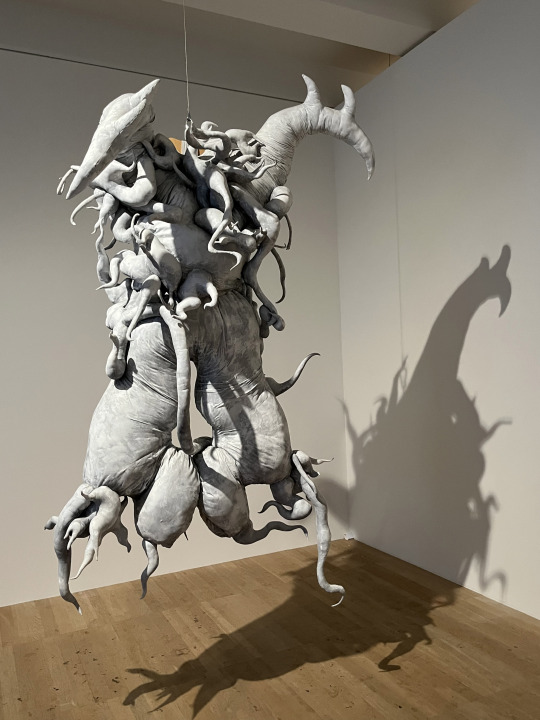
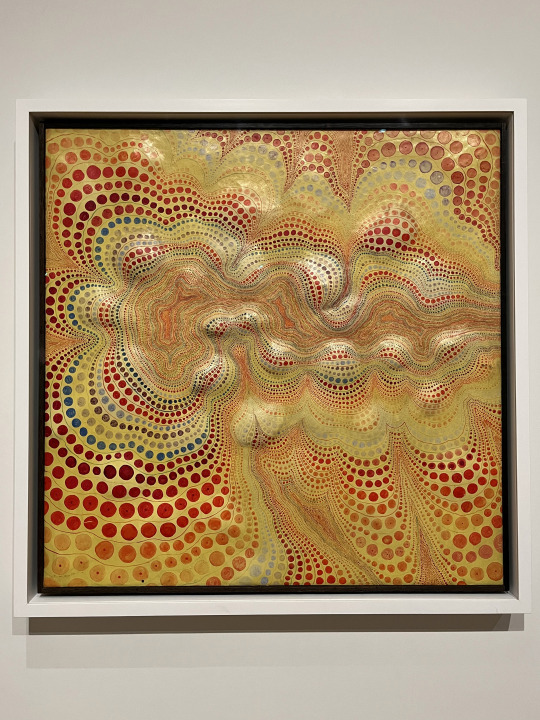





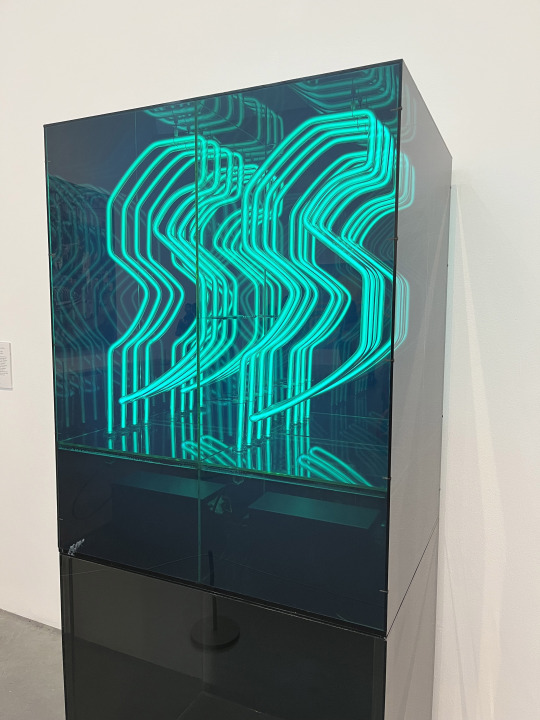
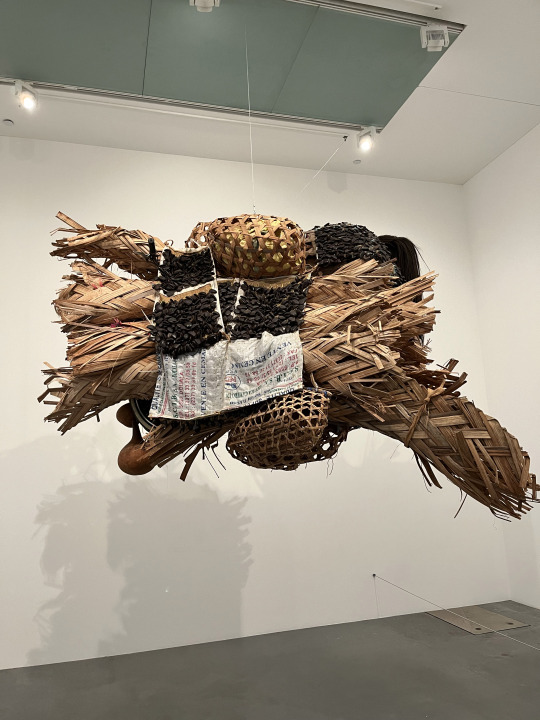


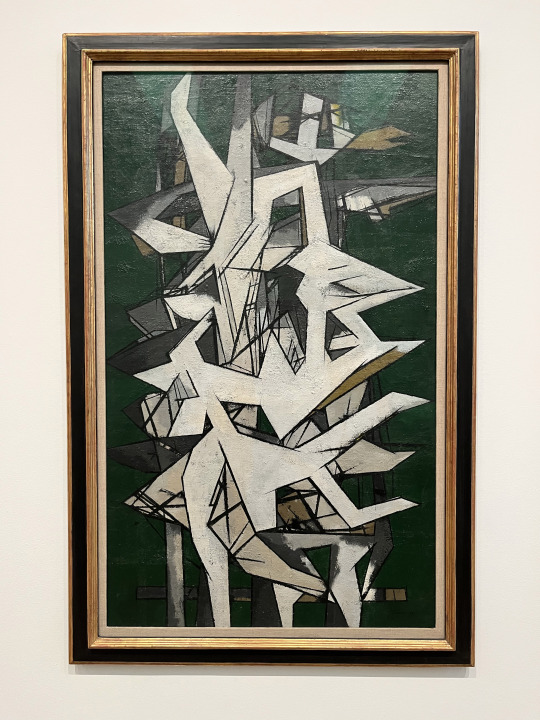
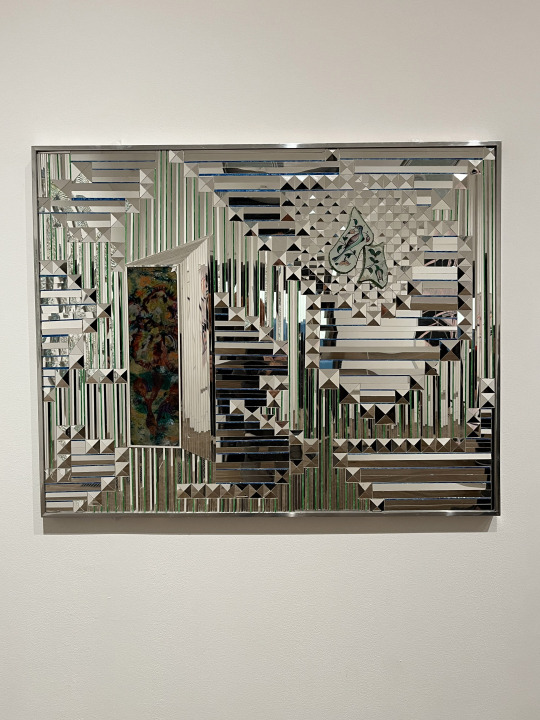

08.08.23 Great works from the collection of the Tate Modern Museum, London. Lee Bul, Onoda Minoru, Marcel Duchamp, Leonardo Drew, Nasaka Yuko, Haegue Yang, Bruce Nauman, Chryssa, Pascale Marthine Tayou, Cildo Meireles, Nabil Nahas, William Gear, Monir Sharoudy Farmanfarmian, Yamasshita Kikuji
#Lee Bul#Onoda Minoru#Marcel Duchamp#Leonardo Drew#Nasaka Yuko#contemporary art#Haegue Yang#Bruce Nauman#Chryssa#Pascale Marthine Tayou#Cildo Meireles#Nabil Nahas#William Gear#Monir Sharoudy Farmanfarmian#Yamasshita Kikuji
57 notes
·
View notes
Photo



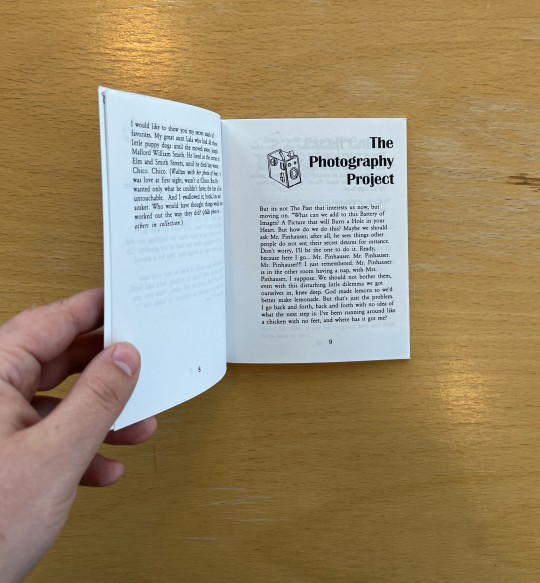


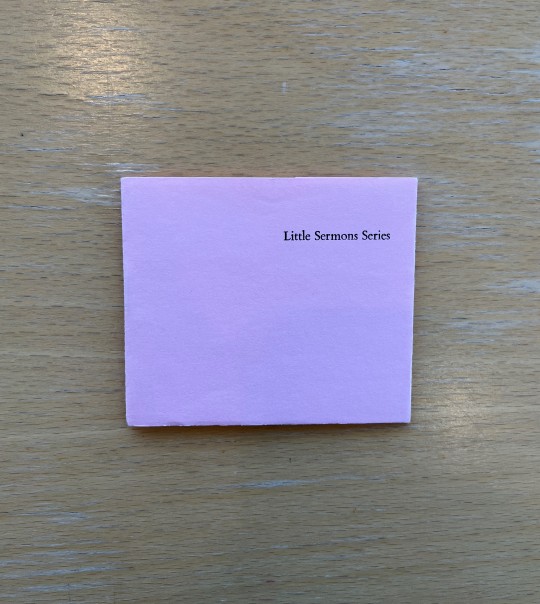

Artists’ Book Display for June, 2023
We’re back! The Paul D. Fleck Library and Archives are currently open for Banff Centre staff, artists, and participants, and we’re excited to continue sharing our artists’ book collection. We have more limited hours and fewer staff than previous years, so we’re going to be changing out the display every month, instead of every week.
Bathroom Contemplation. Haegue Yang. Berlin: Wiens Verlag, 2013.
Objects in the Mirror are Closer Than They Appear. Amy Guggenheim. Self-published, 1994.
Head Paintings. Robert Fones. Toronto: Coach House Books, 1997.
Little Sermons Series. Ian Hamilton Finlay and Ian Gardner. Lanark, Scotland: Wild Hawthorn Press, 1982.
#artists' books#female artists#banff centre#book studies#book art#small press#libraries#library displays#books and libraries#Ian Hamilton Finlay#wild hawthorn press#robert fones#amy guggenheim#haegue yang
26 notes
·
View notes
Text
instagram
Haegue Yang
3 notes
·
View notes
Photo
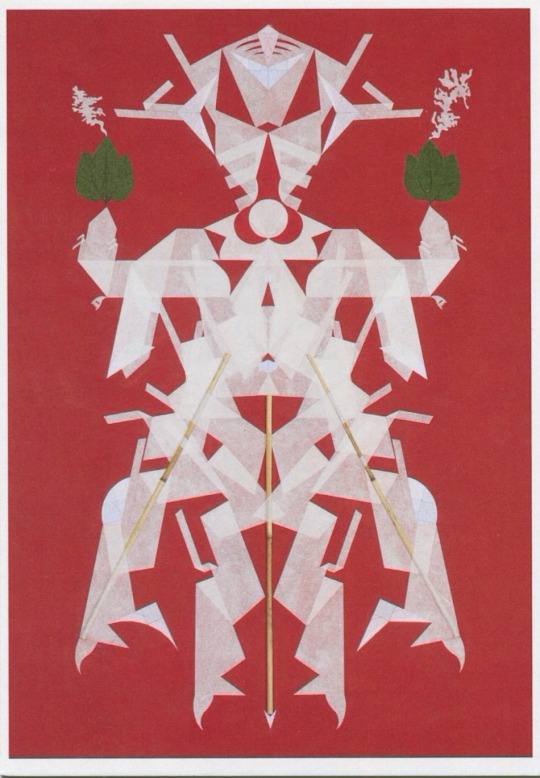

Haegue Yang - Mesmerizing Mesh
Green Flame Scorpion Warrior Soul Streamers
17 notes
·
View notes
Photo

Haegue Yang
Seven Dircksenstraße Moisture – KS24022, 2022
Aluminum venetian blind, powder-coated aluminum frame, stainless steel kitchen sink, LED light bar, cable, cable clamp, terminal strip.
Courtesy Galerie Barbara Wien.
36 notes
·
View notes
Photo
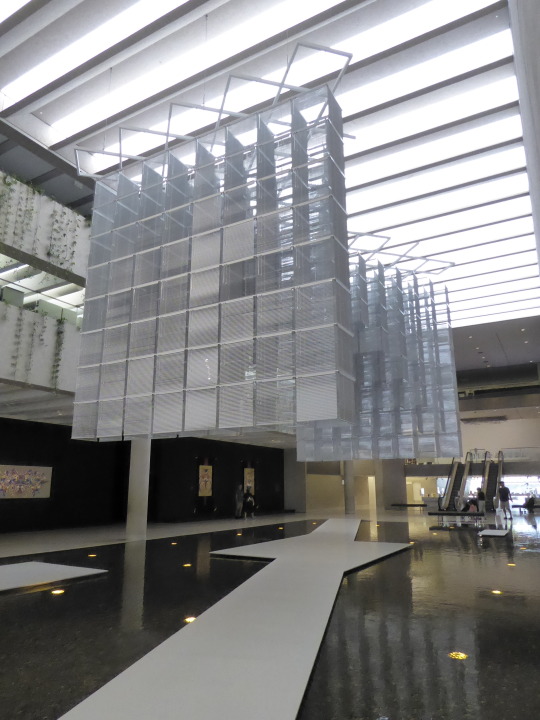


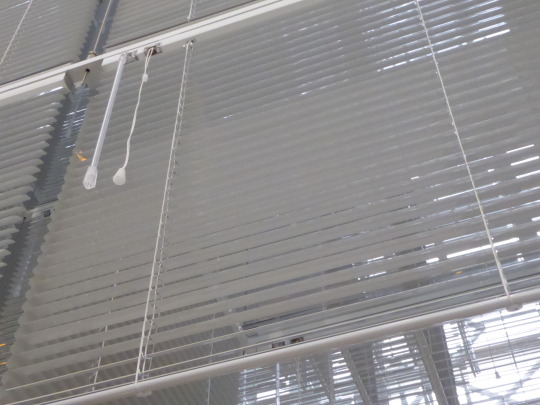


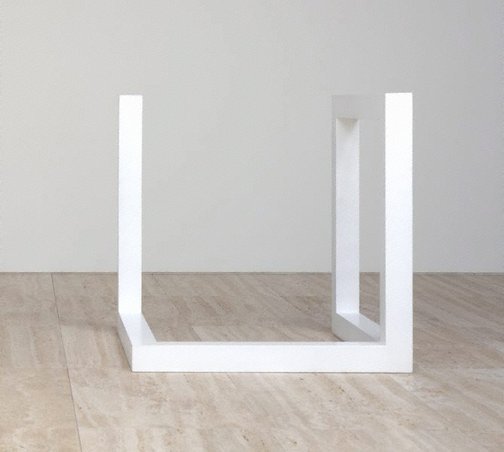
1 Haegue Yang (born 1971) lives and works in South Korea, Germany
Sol LeWitt Upside Down - Open Modular Cubes (Small), expanded 985 Times (2015) aluminium venetian blinds
the artist’s site www.heikejung.de/
search at www.guggenheim.org
A www.qgoma.qld.gov.au Referencing modernist art history, literature, and social and political events, Haegue Yang transforms spaces through light, colour, objects and movement so that they are constantly shifting and directing our experience. Sol LeWitt Upside Down — Open Modular Cubes (Small), Expanded 958 Times (2015), uses everyday domestic materials — in this case over 1000 Venetian blinds — to create a formal, immersive structure. For Yang, abstraction is highly metaphorical, alluding to multiple narratives. Her blinds partially block sight, but they also delineate and draw attention to a space, providing boundaries and articulations, and implicating viewers through their transparency and domesticity. In her early sculptures she used IV stands, then clothes-racks on wheels. Like the blinds, these industrially produced items were deliberately evocative of anthropomorphic forms, while also emphasising a sense of movement and the imminent possibility of change.
2 Sol LeWitt (1928-2007) USA Incomplete open cube 7/21 (1974) 106.7x106.7x106.7cm enamel on aluminium
B www.artgallery.nsw.gov.au The ‘Incomplete open cubes’ are a sequence of open-sided cube structures, each missing between one and nine of their sides. At once repetitive and varied, this series lays out 122 possible variations on the concept. The ‘Incomplete open cubes’ exemplify LeWitt’s conceptual practice and have been widely interpreted as embodying systematic rationality; they are based on an arithmetic concept which they then take to its logical extreme. While they are internally consistent, they also manifest an irrational, obsessive quality reflected in LeWitt’s own comment that ‘irrational thoughts should be followed absolutely and logically’. Here he presents a binary between the rational and the irrational.
WATCH Sol LeWitt's Incomplete Open Cubes www.youtube.com/watch?v=w9ROCnWMPww
#haegue yang#sol lewitt#QAGOMA#APT#contemporary practice#installation#post modern frame#appropriation#minimalism#conceptualism#conceptual practice#found object#modernism#modernist practice
0 notes
Text
vielheit [molteplicità] @ merano arte, dal 17 giugno
informazioni / comunicato :
https://slowforward.files.wordpress.com/2023/05/cs-vielheit.pdf

View On WordPress
#art#arte#Bani Abidi#Barbara Gamper#Clément Cogitore#Ecaterina Stefanescu#Haegue Yang#Jörn Schafaff#Kunst Merano Arte#Nadira Husain#Nicolò Degiorgis#Pinar Öğrenci#Pradip Das#Rirkrit Tiravanija#Sol Calero#Vielheit#Willem de Rooij#Želimir Žilnik
0 notes
Photo
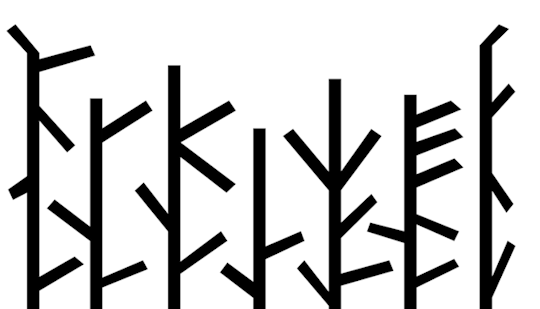
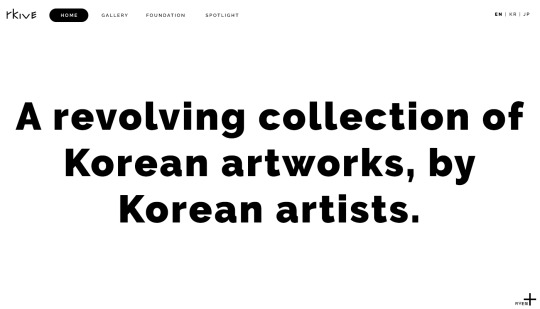
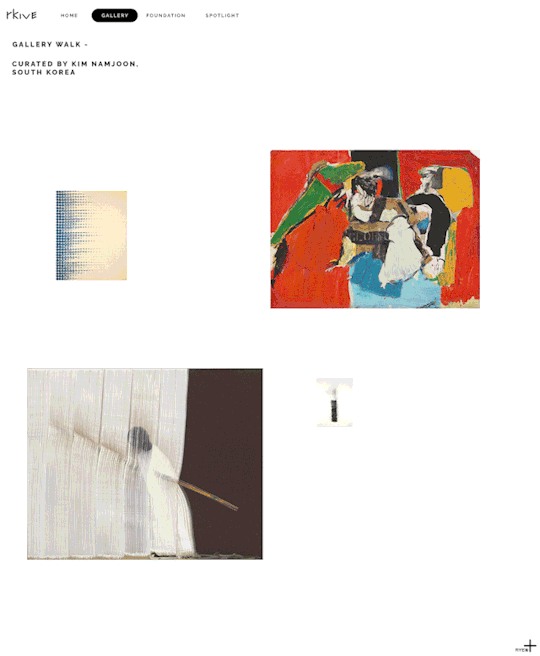
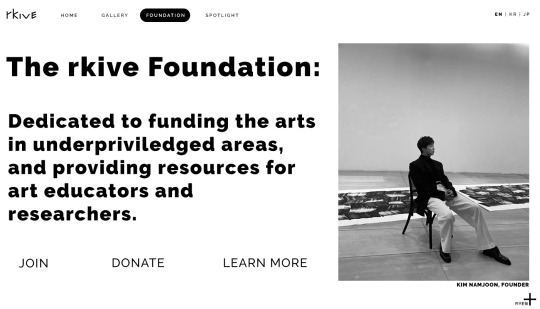

⬛️ WEBSITE MOCKUPS : RKIVE.ORG ⬛️
“When we went abroad, we stayed in our hotel rooms except when we were working. The only places I could go then were museums. The art galleries full of Monets or Van Goghs were always crowded, but when I visited one weekday morning and had them mostly to myself, I had a eureka moment—an artist who’d passed away 100 years ago was communicating directly with a boy from Korea. I was so envious. From then on, I began seeking out and learning about Korean painters.” — HAPPY NAMJOON DAY! ; 940912 ; CLICK FOR HQ. twt | ig
Note: rkive and gallery walk gifs may take a bit to load, and look best on desktop.
Note 2: To learn more about all of the artwork and artists showcased, click below.
When The Year 2000 Comes (2019), by YANG HAEGUE, the avant-garde of Korean art.
“She is an accomplished and international artist. She notably represented Korea at the Venice Biennale in 2009 and participated to the prestigious dOCUMENTA (13) in Kassel in 2012. In her works, which flirt with conceptual art, she explores myths and stories, that touch on the universal. She appropriates them through sculptures, installations, performances, and video.”
From Point (1976), by LEE UFAN, Korean Zen Art.
“He is a Korean artist known worldwide for his paintings depicting the mark of a brush whose color fades… Yet his practice goes far beyond that! He creates performances, sculptures and installations, which always question a certain “state of being.” He is influenced by Zen and Asian philosophy, but has also drawn heavily on Western thought. Among his favorite subjects: observing the intimate, conflicting or poetic relationship between natural and artificial elements.”
Brushstrokes-Diagram (2015), by SONG HYUN-SOOK, Korean and Western art.
“With her, each brushstroke tells a story, a journey. She weaves links between Korean art and Western art. On the one hand, it expresses that almost meditative state of concentration that exists in the art of calligraphy. On the other hand, she uses tempera, a typically European oil painting technique, to create patterns that immerse the viewer in reality and the present moment.”
Drawing, Charcoal on paper, 65 x 50 cm (2014) and Issu de feu Charcoal on canvas, 100 x 81 cm, (2000), by LEE BAE, the Soulages of Korean Art.
“A Korean abstract artist. Like Soulages, for whom black is a color, he explores the almost infinite possibilities of black. He sinks into the abyss of darkness. Until recently, he mainly used charred materials to paint his canvases. In doing so, he offered a powerful metaphor for the cycle of life.”
Écriture No.160523 (2016), by PARK SEO-BO, Korean abstraction.
“One of the best known Korean artists. He is emblematic of the monochrome Dansaekhwa movement. A current that synthesizes the traditional Korean spirit and Western abstraction. In a way, he is very close to minimalist artists, choosing neutral tones to highlight components and fabrics.”
Mat 61 × 81 #19-17 (2019), by SUKI SEOKYEONG KANG, contemporary art.
“Born in 1977, this Korean artist is one of the biggest names of the art market. Her work is mostly inspired by her own philosophical research and reflection on space and our place in it. She uses sculpture, installation, and performance to explore these ideas. Her works were presented, among others, in the Venice and Shanghai Biennales.”
Untitled (1966), by CHOI WOOK-KYUNG, the outcast.
“Wook-kyung Choi (1940-1985) is an outcast in the history of contemporary Korean art. She is an abstract painter. But most Korean abstract painters shine in Dansaekhwa: the Korean monochrome. She, on the contrary, is mainly influenced by expressionism. Brutally, instinctively, aggressively, she throws the colors on the canvas. She seeks to immerse herself in the moment, and to create true, pure, expressive forms. Thus, it plays a capital role for the diversity of Korean abstract art.”
Thank you for your interest in these artists and this passion project! All of the website information (other than the artist bio on the Artist Spotlight page) is fictional. Happy Joonie Day 2022, and let’s continue to support him and all the fantastic Korean artists out there.
SRC: one, two, three
#ahhhhh i hope you all enjoy some korean art history on this fine joonie day!#bts#btsgif#btsgfx#namjoon#trackofthesoul#shirleytothesea#annietrack#usersky#tuserjay#bangtanbathhouse#bangtanarmynet#*latest#*gfx#*mockups#i went for a more minimal and br*tal style than last website mockup to highlight the art and message instead#and the rkive is in the trees for namuuuu<3#gosh your girl really did research for this huh#did i c ry while making this? yeah but don't ask why bc i'll just cry again huhuhu#cyphernet
1K notes
·
View notes
Text

HAM Helsingin taidemuseo
Eteläinen Rautatiekatu 8
00100 Helsinki


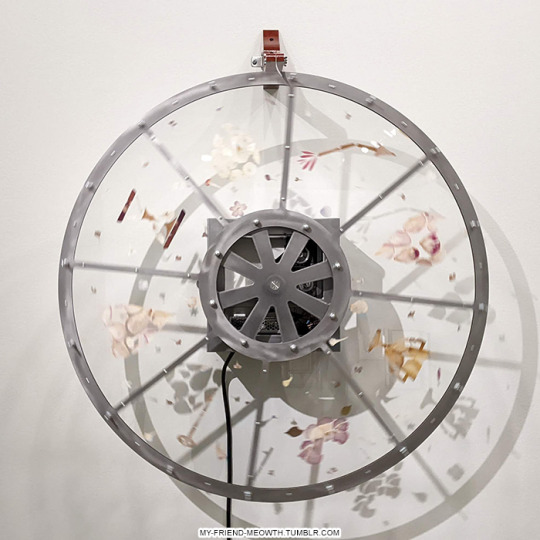
Man Yau: Passage





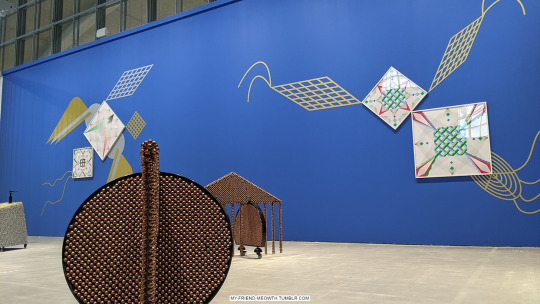
Haegue Yang: Kerroksellisia uudelleentulkintoja
8 notes
·
View notes
Text

Haegue Yang - Mesmerizing Mesh
via https://antronaut.com
21 notes
·
View notes
Text
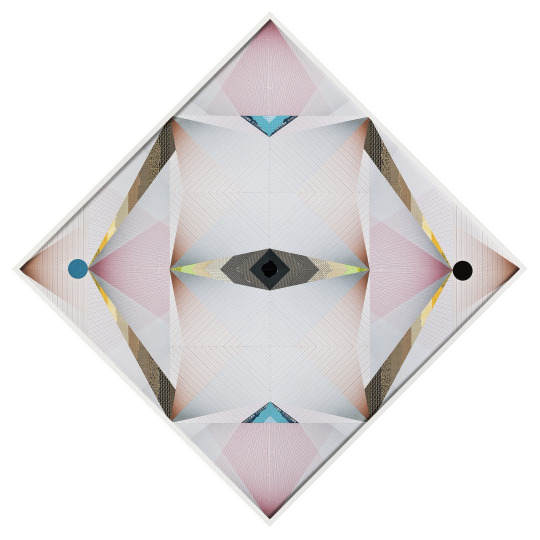
Haegue Yang. Little Grim Brackets-Trustworthy #300, 2017
4 notes
·
View notes
Text
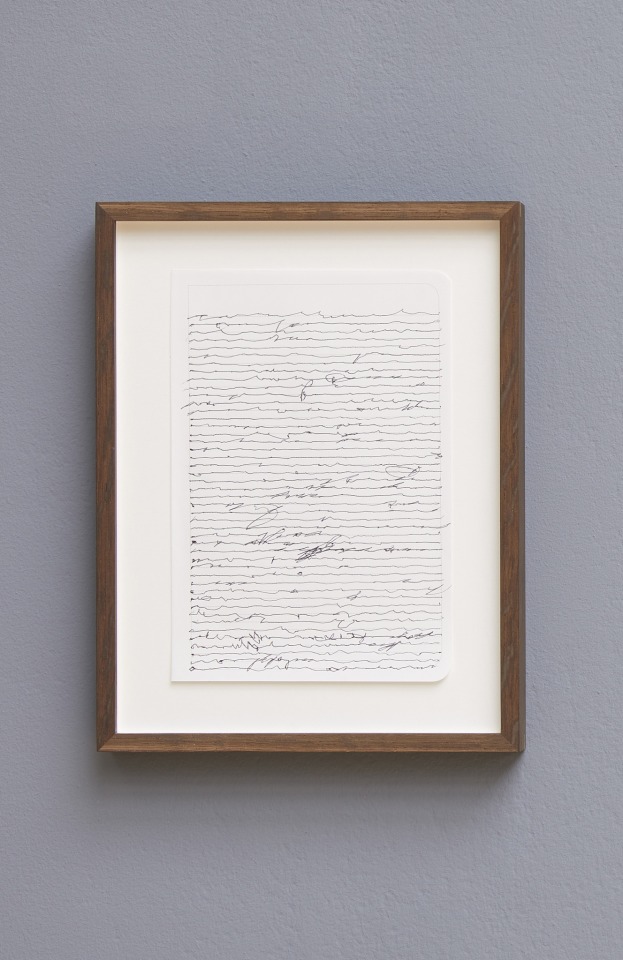
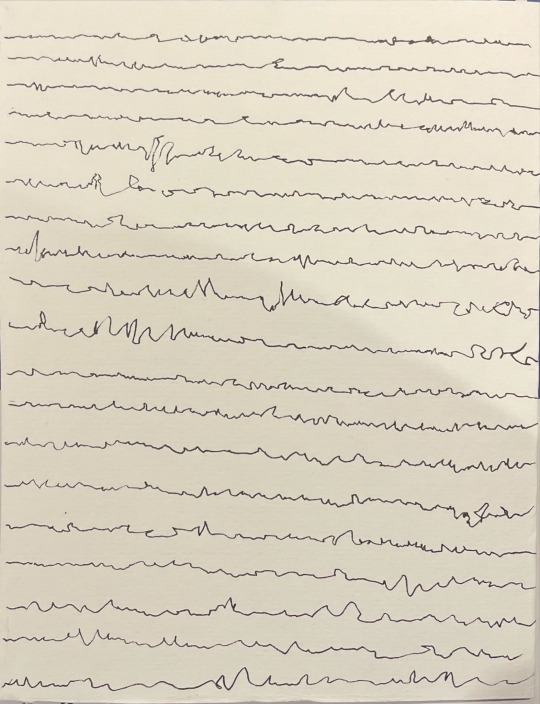
For this dérive I took inspiration from Haegue Yang, a Korean artist who created an amazing piece called the “Carsick Drawing”. She traveled toward Huu Nghi and Youyoguan and during that time Ms Yang traced the movement of a car shake with ink on paper.
For my transport I chose the bus 83 which I take every day going to university. The bus wasn’t that shaky as usual but still I could describe how my journey went with the line that I draw.
I had a lot of fun doing that dérive and following Ms Yang steps. Drawing the line made me think of every little shake that the bus created and I paid more attention to little details surrounding me. I found it surprising that I was waiting for a hole in the road just to create more shaky line. Usually you want to have your journey as smoothly as possible but in that case I wanted completely the opposite. Bumpy ride was what I was looking for and inconvenience for other people in the bus I got what I was waiting for.
3 notes
·
View notes
Photo
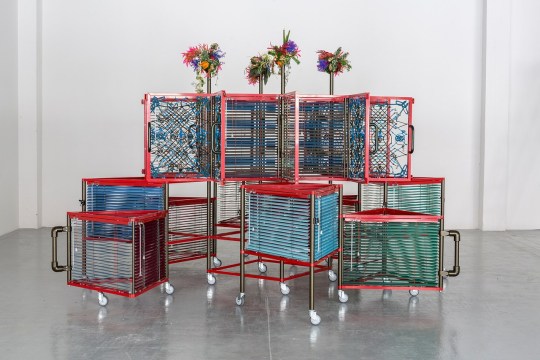


https://www.contemporaryartdaily.com/project/haegue-yang-at-galerie-chantal-crousel-paris-7447
6 notes
·
View notes
Text
instagram
Haegue Yang
5 notes
·
View notes
